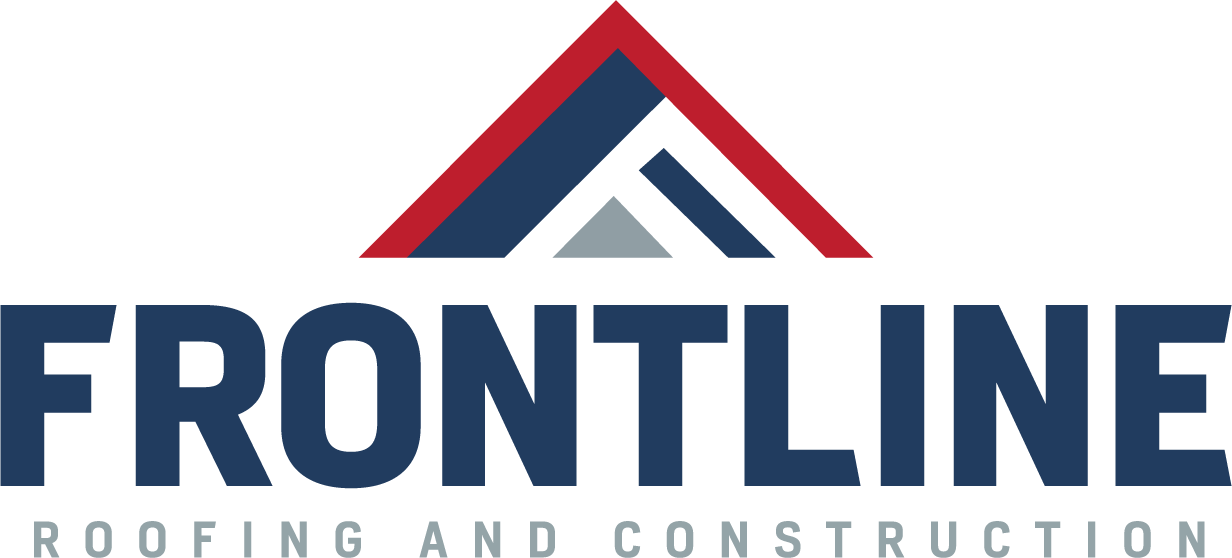Understanding the Lifespan of Different Commercial Roofing Materials
When it comes to choosing the right roofing for your commercial building, understanding the lifespan of different roofing materials is crucial. The longevity of your roof impacts not only your budget but also the safety and comfort of the building's occupants. Let's explore the lifespan of various commercial roofing materials to help you make an informed decision.
Common Types of Commercial Roofing Materials
Commercial roofs come in several types, each with its own set of advantages and disadvantages. The most common materials include TPO, EPDM, metal roofing, and modified bitumen. Each of these materials offers unique benefits and life expectancies.
Thermoplastic Olefin (TPO)
TPO, or Thermoplastic Olefin, is a popular single-ply roofing membrane. It is known for its durability and energy efficiency. TPO roofs are typically white, which helps reflect the sun's rays and reduces cooling costs.
Lifespan: TPO roofing can last between 15 to 20 years with proper maintenance. However, some high-quality TPO membranes can last up to 30 years.
Ethylene Propylene Diene Monomer (EPDM)
EPDM is a synthetic rubber roofing membrane that is widely used in the commercial sector. It is well-regarded for its durability and resistance to weathering.
Lifespan: EPDM roofs generally last between 20 to 30 years. With excellent maintenance and care, their lifespan can extend beyond 30 years.
Other Popular Roofing Materials
While TPO and EPDM are among the most common roofing materials, there are several other options available for commercial buildings.
Metal Roofing
Metal roofing is known for its strength and durability. It’s a versatile option that comes in various styles and metals, such as steel, aluminum, and copper.
Lifespan: Metal roofs can last anywhere from 30 to 50 years, depending on the type of metal used and the maintenance regime. Copper roofs, in particular, can last over 70 years.
Modified Bitumen
Modified bitumen roofing is an asphalt-based material known for its excellent waterproofing properties. It is often used on low-slope or flat roofs.
Lifespan: This type of roofing typically lasts between 20 to 30 years. Regular maintenance can help extend its lifespan.
Factors Affecting Roofing Lifespan
The lifespan of commercial roofs is influenced by several factors, including installation quality, environmental conditions, and maintenance practices.
Installation Quality
The quality of the installation plays a significant role in the longevity of any roofing material. Poor installation can lead to issues such as leaks, which can shorten the lifespan of the roof. Always hire experienced and reputable roofing contractors to ensure a proper installation.
Environmental Conditions
The environment in which your building is located affects the lifespan of your roof. Harsh weather conditions, such as strong winds, heavy rain, or extreme temperatures, can take a toll on roofing materials. Roofs in areas with a moderate climate tend to last longer than those in harsh environments.
Maintenance Practices
Regular maintenance is key to extending the life of your commercial roof. This includes inspecting for damage, clearing debris, and repairing minor issues before they become major problems. A well-maintained roof can significantly outlast one that is neglected.
Choosing the Right Roofing Material
When selecting a roofing material, consider factors such as the building's design, climate, budget, and intended lifespan. Here are some tips to help guide your decision:
Evaluate Your Climate: Choose a material that can withstand the environmental conditions of your location. For example, if your area experiences heavy snowfall, a metal roof might be a better choice due to its strength and ability to shed snow.
Consider Energy Efficiency: Some roofing materials, like TPO, offer energy-saving benefits by reflecting sunlight. This can help reduce cooling costs in warmer climates.
Balance Cost and Longevity: While some materials may have a higher upfront cost, their long lifespan and low maintenance requirements can make them more cost-effective in the long run.
Conclusion
Understanding the lifespan of different commercial roofing materials is essential for making an informed decision. TPO, EPDM, metal roofing, and modified bitumen each offer unique benefits and life expectancies. By considering factors such as installation quality, environmental conditions, and maintenance practices, you can choose the best roofing material for your commercial building.
By investing in a durable and well-maintained roof, you can ensure the safety and comfort of your building's occupants for years to come. Remember to consult with roofing professionals to determine the best option for your specific needs and circumstances.
Extend Your Roof's Lifespan with Frontline Expertise!
For expert advice and top-quality roofing solutions, reach out to Frontline Roofing & Construction today. Our experienced professionals are here to help you select the best roofing material tailored to your needs and budget. Whether you're looking for installation, repairs, or maintenance, we provide comprehensive services that ensure your roof stands the test of time. Contact us now to schedule a consultation and take the first step towards a secure and efficient roofing system for your commercial building.


